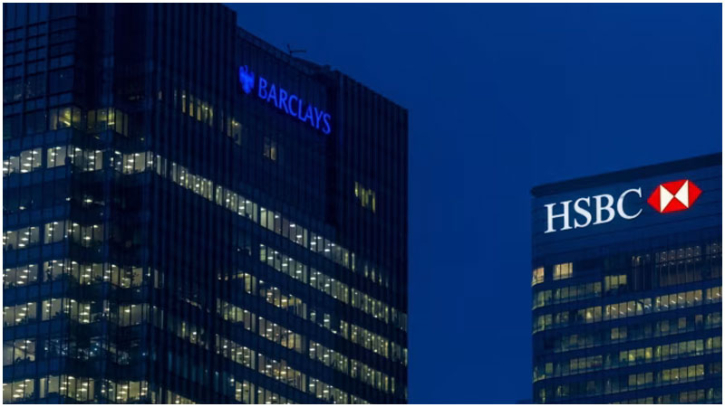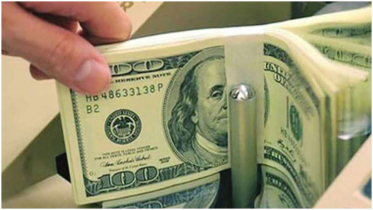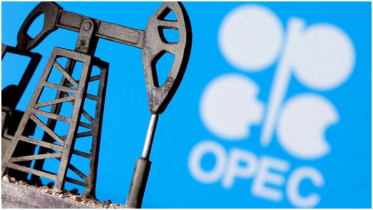Europe's bank shares hit highest levels since 2008

Shares in European biggest banks climbed to their highest levels since the global financial crisis this week, as a sharp rise in long-term interest rates fuels bumper earnings.
Big banks have enjoyed a renaissance, with London-listed shares in HSBC hitting a record high ahead of results this week while Barclays and Santander also reached their highest levels since 2008. Italy’s UniCredit touched its highest since 2011.
The rally marks a turnaround for one of Europe’s most unloved sectors, which has struggled to recover from past crises and compete with US peers.
“Europe’s banks have shifted from pariah status to market darlings,” said Justin Bisseker, European banks analyst at fund manager Schroders.
A combination of the “transformative impact on revenues of higher interest rates”, a benign economic environment and measures to improve efficiency had lifted the lenders, Bisseker added.
While HSBC’s shares receded to their highest level since 2001 after the bank failed to meet analyst expectations in its second-quarter results on Wednesday, and bank stocks dropped sharply on Friday after US President Donald Trump hit dozens of countries with tariffs, banks on Europe’s benchmark Stoxx 600 index are still up 34 per cent so far this year. That is ahead of their US peers, narrowly ahead of their 2021 return and on track for the strongest showing since 2009.
Investors have been encouraged to pile into European banking stocks by growing economic optimism in the region, improving prospects for their loan books, as well as valuations that are below US stalwarts such as JPMorgan Chase and Goldman Sachs.
Many European banks have only recently seen their valuations return to book value, compared with 2.4 times book value for JPMorgan and twice book value for Goldman, according to data from FactSet.
Banks “are cheap and uniquely positioned for a pick-up in domestic demand,” said Luca Paolini, chief strategist at Pictet Asset Management.
European banks, which were undercapitalised in the run-up to the financial crisis, spent the years after it building up capital buffers imposed by regulators, which restrained shareholder payouts. Meanwhile, a decade of near or below zero interest rates made it difficult for lenders to make money.
That changed after the Covid pandemic as central banks began to increase interest rates to tackle inflation, and reversed their vast bond-buying programmes.
Long-term interest rates have risen quickly, with 30-year German bond yields now 1.3 percentage points above two-year yields, where just two years ago they were lower. In the UK, the gap is above 1.5 percentage points.
This has led to a substantial rise in banks’ net interest income — the difference between what they earn from loans and other assets and what they pay for deposits — which has been a key driver of profitability. Those with trading operations have benefited this year from a surge in market volatility from Donald Trump’s economic policies.
Whether European banks can continue their run without the benefit of rising long-term rates is untested. Lenders have bulked up businesses such as wealth management to help insulate them from movement in interest rates, but political resistance to mergers such BBVA’s bid for Sabadell and UniCredit’s tilt at BPM are viewed as limiting the sector’s growth potential.
Francesco Sandrini, global head of multi-asset strategies at Amundi, said “banks appear the cleanest shirt in the basket” but that there was “a growing feeling the best may be past”.
“Long-awaited sector consolidation is far from the catalyst that many analysts have hoped for,” he added.
Investors are quick to point out that European banks are still trading at 10 times forward earnings, compared with more than 13 times for their US peers, according to Bloomberg data. Return on tangible equity, a key measure of profitability for banks, is now comfortably more than 10 per cent for many of them.
“The good news is that European bank valuations remain discounted compared with banking sectors elsewhere in the world,” said Schroders’ Bisseker. “Further convergence is likely.”
.png)




